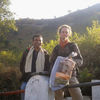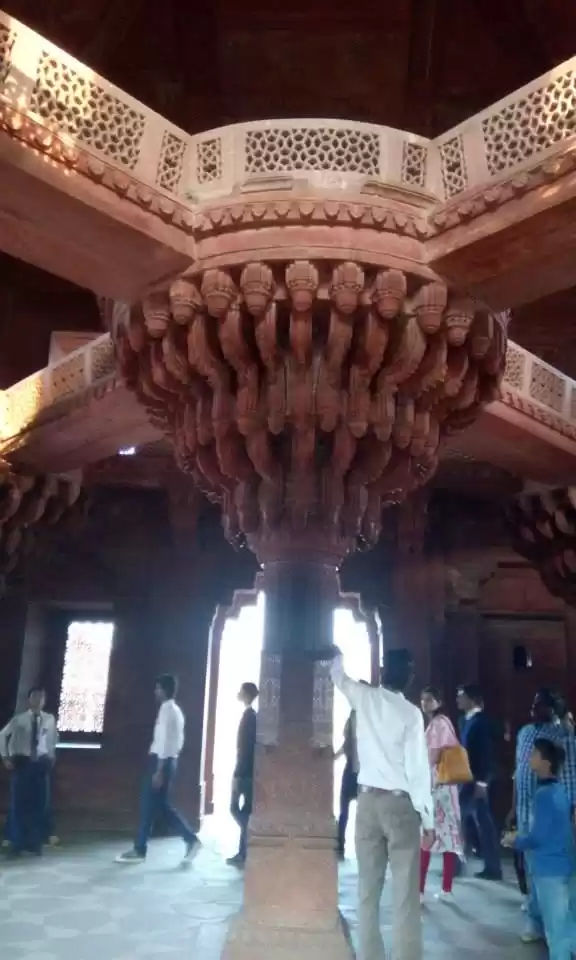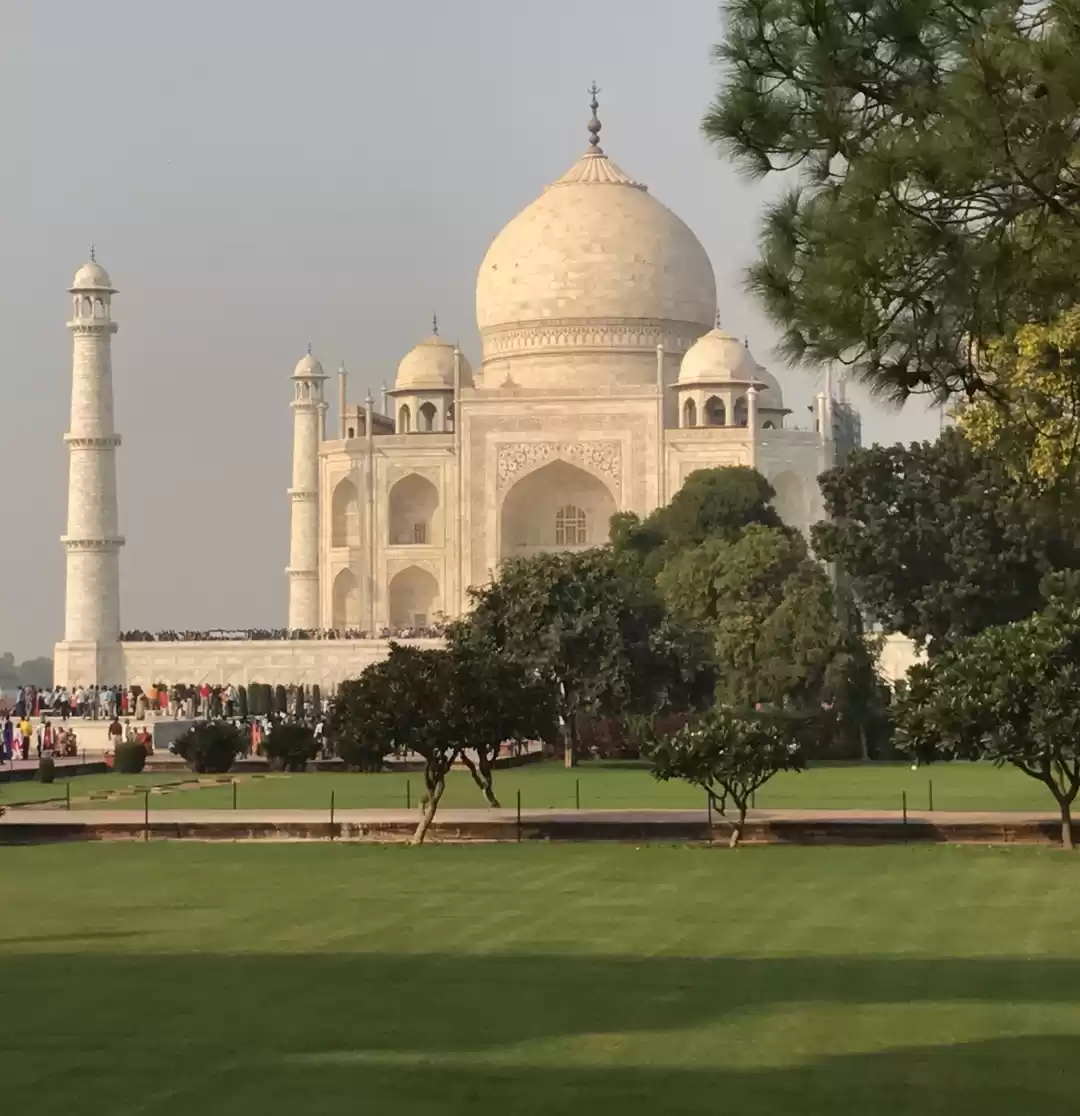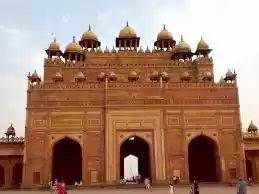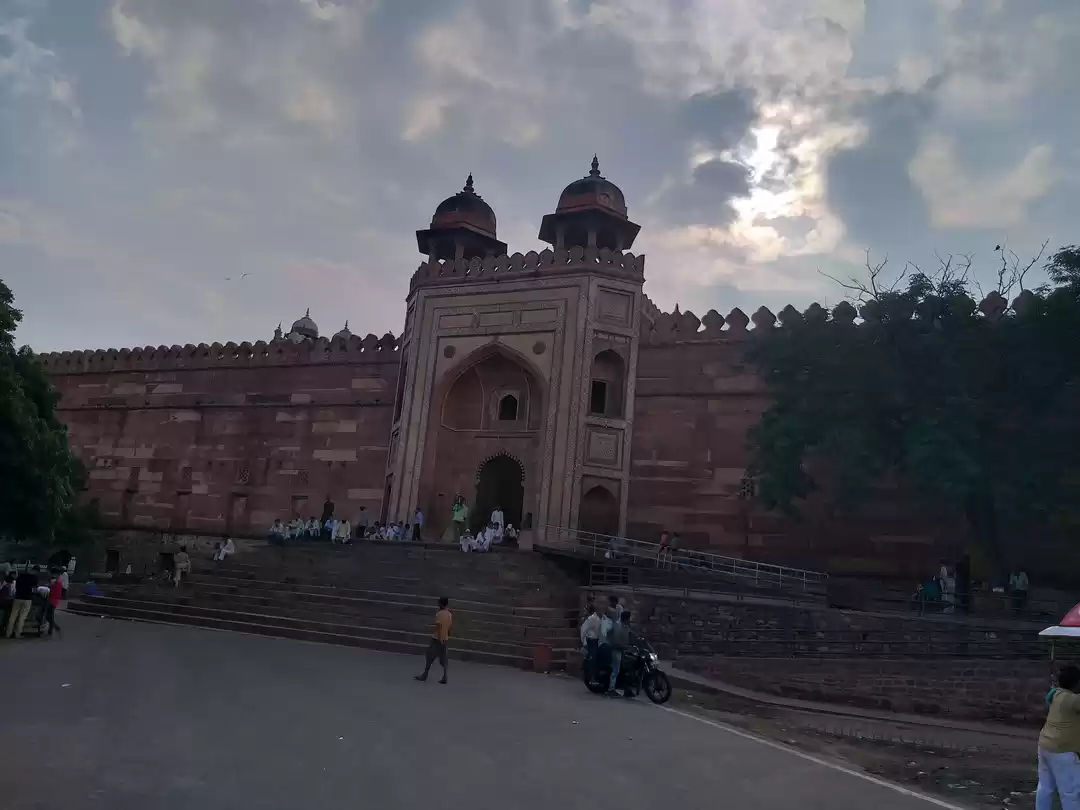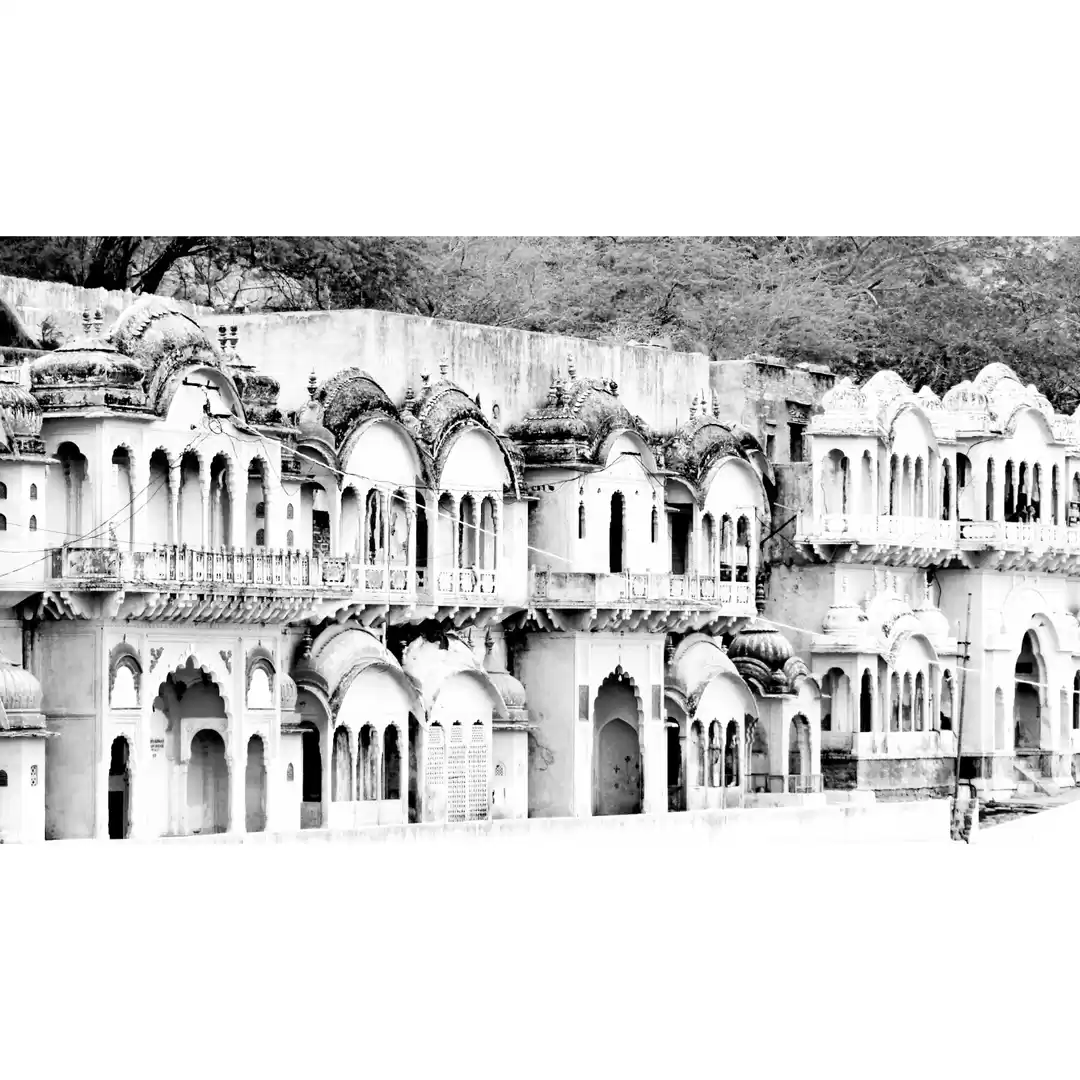Fatehpur Sikri Tourism and Travel Guide
Fatehpur Sikri (Hindi: फ़तेहपुर सीकरी, Urdu: فتحپور سیکری) is a city in the Agra District of Uttar Pradesh, India.Originally named was Vijaypur Sikari of Sikarwar Rajput Clan later The city was founded in 1569 by the Emperor, Akbar, and served as the capital of the Mughal Empire from 1571 to 1585. After his military victories over Chittor and Ranthambore, Akbar decided to shift his capital from Agra to a new location 23 miles (37 km) W.S.W on the Sikri ridge, to honour the Sufi saint Salim Chishti. Here he commenced the construction of a planned walled city which took the next fifteen years in planning and construction of a series of royal palaces, harem, courts, a mosque, private quarters and other utility buildings. He named the city, Fatehabad, with Fateh, a word of Arabic origin in Persian, meaning 'victorious.' it was later called Fatehpur Sikri. It is at Fatehpur Sikri that the legends of Akbar and his famed courtiers, the nine jewels or Navaratnas, were born. Fatehpur Sikri is one of the best preserved collections of Indian Mughal architecture in India.According to contemporary historians, Akbar took a great interest in the building of Fatehpur Sikri and probably also dictated its architectural style. Seeking to revive the splendours of Persian court ceremonial made famous by his ancestor Timur, Akbar planned the complex on Persian principles. But the influences of his adopted land came through in the typically Indian embellishments. The easy availability of sandstone in the neighbouring areas of Fatehpur Sikri, also meant that all the buildings here were made of the red stone. The imperial Palace complex consists of a number of independent pavilions arranged in formal geometry on a piece of level ground, a pattern derived from Arab and central Asian tent encampments. In its entirety, the monuments at Fatehpur Sikri thus reflect the genius of Akbar in assimilating diverse regional architectural influences within a holistic style that was uniquely his own.The Imperial complex was abandoned in 1585, shortly after its completion, due to paucity of water and its proximity with the Rajputana areas in the North-West, which were increasingly in turmoil. Thus the capital was shifted to Lahore so that Akbar could have a base in the less stable part of the empire, before moving back to Agra in 1598, where he had begun his reign as he shifted his focus to Deccan. In fact, he never returned to the city except for a brief period in 1601. In later Mughal history it was occupied for a short while by Mughal emperor, Muhammad Shah(r. 1719 -1748) and his regent, Sayyid Hussain Ali Khan Barha, one of the Syed Brothers, was murdered here in 1720. Today much of the imperial complex which spread over nearly two mile long and one mile wide area is largely intact and resembles a ghost town. It is still surrounded by a five mile long wall built during its original construction on three sides. However apart from the imperial buildings complex few other buildings stand in the area, which is mostly barren, except of ruins of the bazaars of the old city near the Naubat Khana, the 'drum-house' entrance at Agra Road. The modern town lies at the western end of the complex, which was a municipality from 1865 to 1904, and later made a notified area and in 1901 had a population of 7,147. For a long time it was still known for its masons and stone carvers, though in Akbar time it was known and 'fabrics of hair' and 'silk-spinning'. The village of Sikri still exists nearby.


